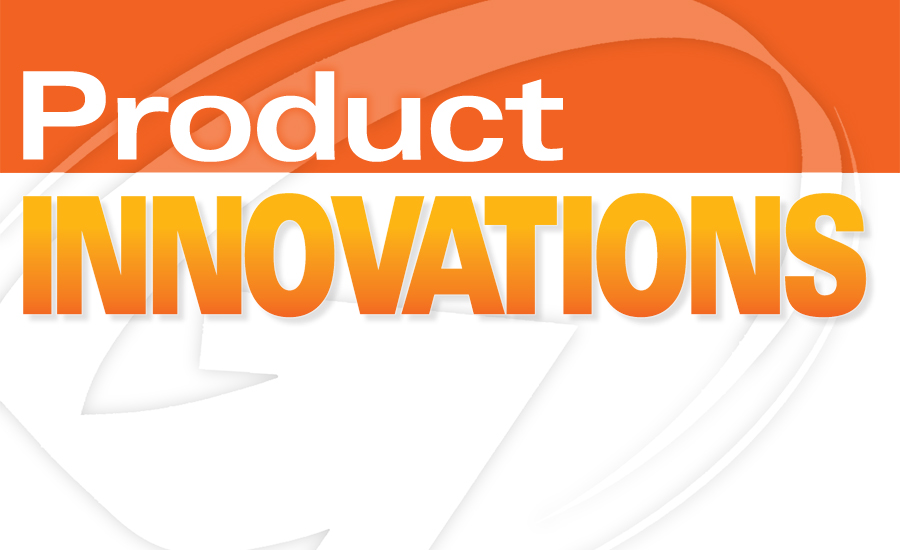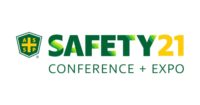Human error combined with insufficient safety features have been a cause of serious dehumidifier malfunction. Indeed, these last five years have been blistering for the dehumidifier industry. Two dominant manufacturers of major brand-name dehumidifiers issued recalls of millions of units after reports of 450 fires and almost $20 million of property damage.
Dehumidifiers are designed to combat dank, humid air that can be harmful to living spaces. Humid air enters the dehumidifier, channels over the condenser coils which condenses the moisture into water. The water drips into an internal tank or through an external hose while the drier air fans back out into the room.
In rare instances, the condenser coils can cease working efficiently. This causes the compressor, which powers the machine, to overwork and overheat which could lead to breakage or more dangerously, combustion. Poor product placement, such as placing the dehumidifier too close to a wall and restricting airflow, can also cause overheating. Another cause for potential overheating is placing the dehumidifier in an overly-cold location. When frigid air channels over the condenser coils, rather than converting to water it converts to ice, covering the coils with frost.
Compounding the danger is the reality that dehumidifiers are often placed in areas of the home with little foot traffic – in basements, attics or crawl spaces. When problems do arise, they are hardly noticed by homeowners in their early stages. Without comprehensive safeguard mechanisms, a combustible compressor could ignite the plastic housing of the appliance itself, creating a serious fire and safety hazard.
Given this recent turbulent history, it’s instructive to investigate the manufacturers who were not impacted by the widespread recall. While some Honeywell-branded dehumidifiers were included in the pre-2013 recall, all Honeywell dehumidifiers constructed after 2014, by a new manufacturer, JMATEK, remained safe. For JMATEK, the exclusive licensee of Honeywell branded air appliances including its full range of dehumidifiers, this achievement was expected.
“We implemented protocols to anticipate safety concerns rather than fixing them retroactively,” explained Naresh Kumra, JMATEK’s CEO. “Technology is constantly changing, but then again, so are consumer behaviors. The critical factor for us is to understand how our consumers interact with technology so we can build that into our product design.”
Since acquiring the Honeywell license in 2014, JMATEK committed itself to constructing well-calibrated machines with built-in safeguards. Each model undergoes a comprehensive nine-step quality control protocol that tests its durability in the case of catastrophic failure. For example, one test determines whether an electric shock is possible in the event of an open ground or electrical leakage, while a further test assesses a worst-case scenario of excessive water leakage. Two discrete tests are dedicated to fire resistance, evaluating the unit’s burning rate and flame retardancy behavior in an instance of accidental combustion.
JMATEK’s safe product design extends to product usability. Many models include a sophisticated control board that enhances usability while promoting safety. The DH70W Honeywell Dehumidifier, a highly-rated model listed as an Amazon Choice product, is constructed to withstand lower temperatures but is also programmed with an auto-shut off when the temperature drops too low for safe operation. Another shut-off sensor pauses operation once the internal bucket reaches capacity thus avoiding leakage and risk of electric shock.
JMATEK’s tenure on appliance safety is paying dividends as they approach the one-year anniversary of their state-of-the-art Innovation and Technology Center. Launched in May 2018, the lab is a hub for engineers and industrial designers to build next-generation machines. Equipped with five comprehensive Intertek-certified, testing labs, the high-tech center includes an environmental chamber that simulates the machine’s endurance in real-world situations, a high-temperature cubicle that probes the appliance’s reaction to flammable situations, and even a pin-finger test that ensures product safety despite erratic human error.
How to avoid a product recall? Be meticulous with quality control and product testing— while factoring in plenty of human error.


